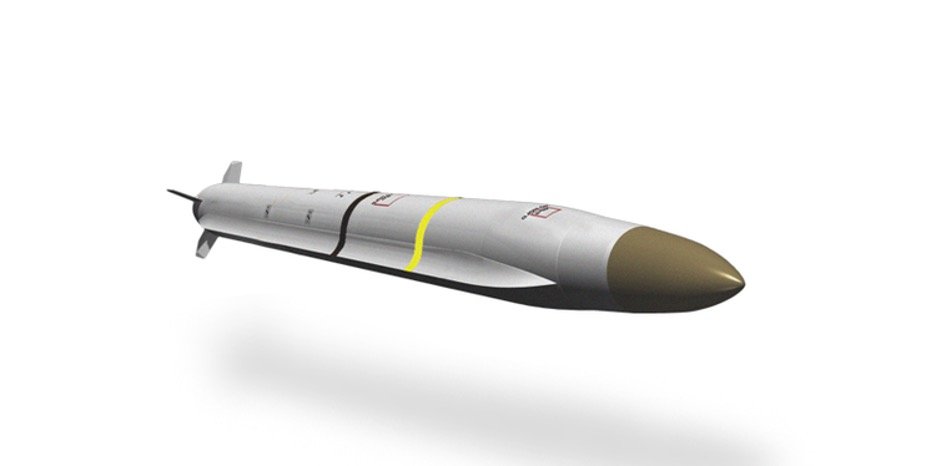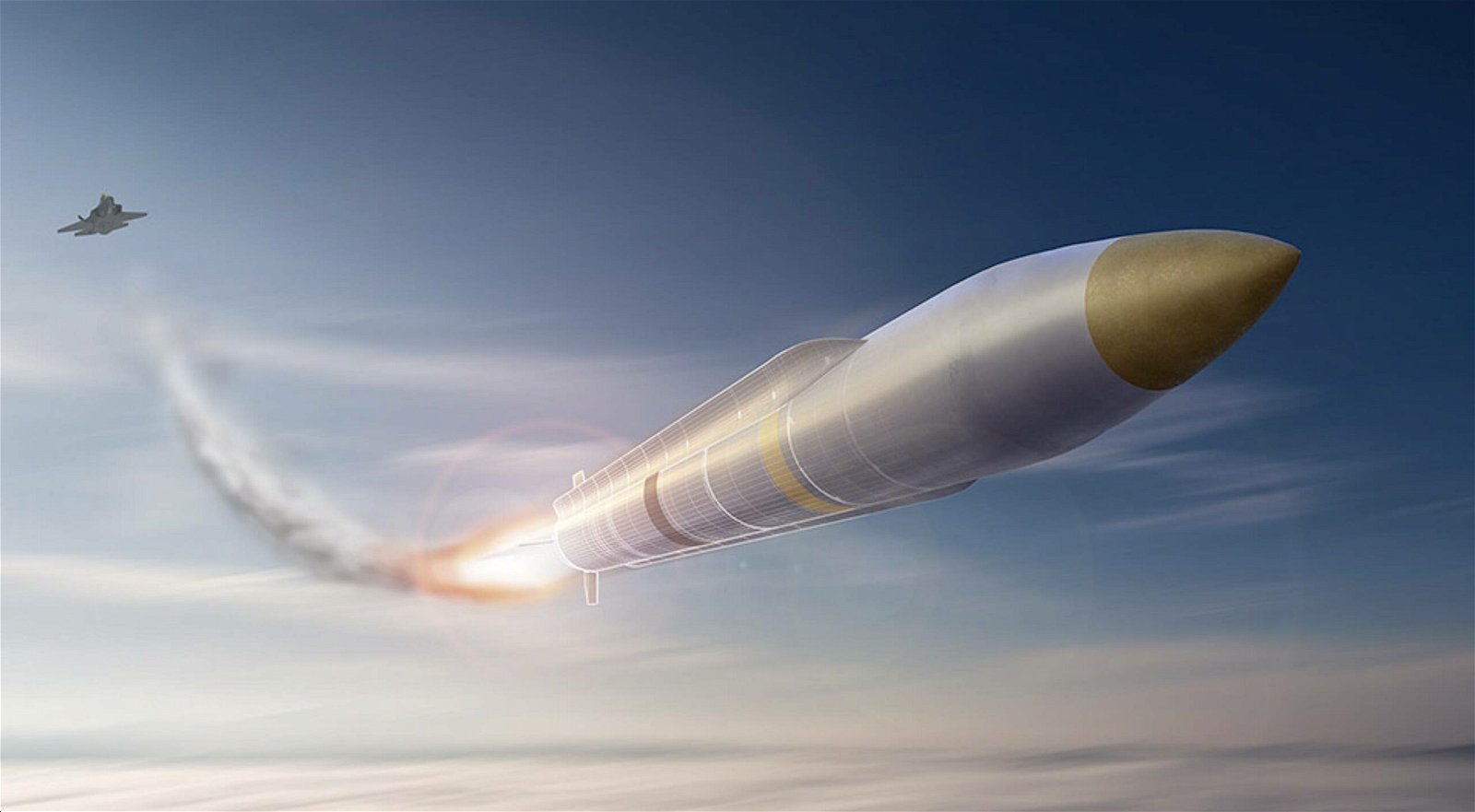The U.S. Air Force has tasked Northrop Grumman to deliver a new air-to-ground weapon dubbed the Stand-in Attack Weapon (SiAW), which the company says will represent the next generation of air power and defense.
Setting the pace for the future of the Air Force’s air-to-ground weapon systems capabilities, the SiAW will provide strike capabilities optimized for combat situations against rapidly moving targets that comprise adversarial anti-access/area denial capabilities, a Northrop Grumman press release stated.
The company behind the development of several of the most innovative high-speed aircraft and weapon systems said on Monday that the SiAW will feature open architecture interfaces that will enable rapid upgrading and enhanced capabilities.
A $705 million contract was awarded for the development of the new Air Force weapon, which the company says will leverage advanced design and weapons systems capabilities to produce a new air weapon in line with the Air Force’s digital engineering priorities.


Announced last October, the Air Force’s digital engineering efforts include a series of programs that will assess digital testing methods for various weapons systems to optimize their physical test infrastructure capabilities both on the ground and in flight.
The new priorities also aim to limit early failures in developmental programs, refine scheduling for national test programs, and impose limitations on open-air testing of highly sensitive programs and the acquisition of digital engineering models.
In its development of the (SiAW), Northrop Grumman will be conducting platform integration and completion of testing programs that the company says will help facilitate “rapid prototyping in preparation for rapid fielding.”
The company says development of the SiAW will be undertaken at its facility in Northridge, California, and its Allegany Ballistics Laboratory in West Virginia, a location which it has called its “factory of the future,” which includes a 113,000-square-foot complex the company says will “transform the production” of Air Force weapon systems designed for advanced defense and strike capabilities.
According to the company’s website, the facility was custom-built for the design and production of multiple missile systems and is engineered for special modifications that allow management and integration of both existing programs, as well as new ones, including the SiAW.


“The facility also features “leading-edge digital manufacturing methodologies, including the use of smart equipment, paperless work instructions and processing, and modular automated work cells,” the company’s website states.
Building on the Air Force’s requirements for the development of a large weapon program that adheres to its digital engineering standards, Phase 2 development goals aim to reach operational capability by sometime in 2026, followed by guided vehicle flight testing that will occur during subsequent Phases, and ultimately the delivery of leave-behind prototype missiles and other assets.
“Northrop Grumman’s SiAW delivers on the Air Force’s desire for its first digital weapons acquisition and development program,” said Susan Bruce, Northrop Grumman’s vice president of advanced weapons in a statement.
“With our expert digital engineering capabilities, this next-generation missile represents an adaptable, affordable way for the Department of Defense to buy and modernize weapons,” Bruce added.
Micah Hanks is the Editor-in-Chief and Co-Founder of The Debrief. He can be reached by email at micah@thedebrief.org. Follow his work at micahhanks.com and on Twitter: @MicahHanks.

